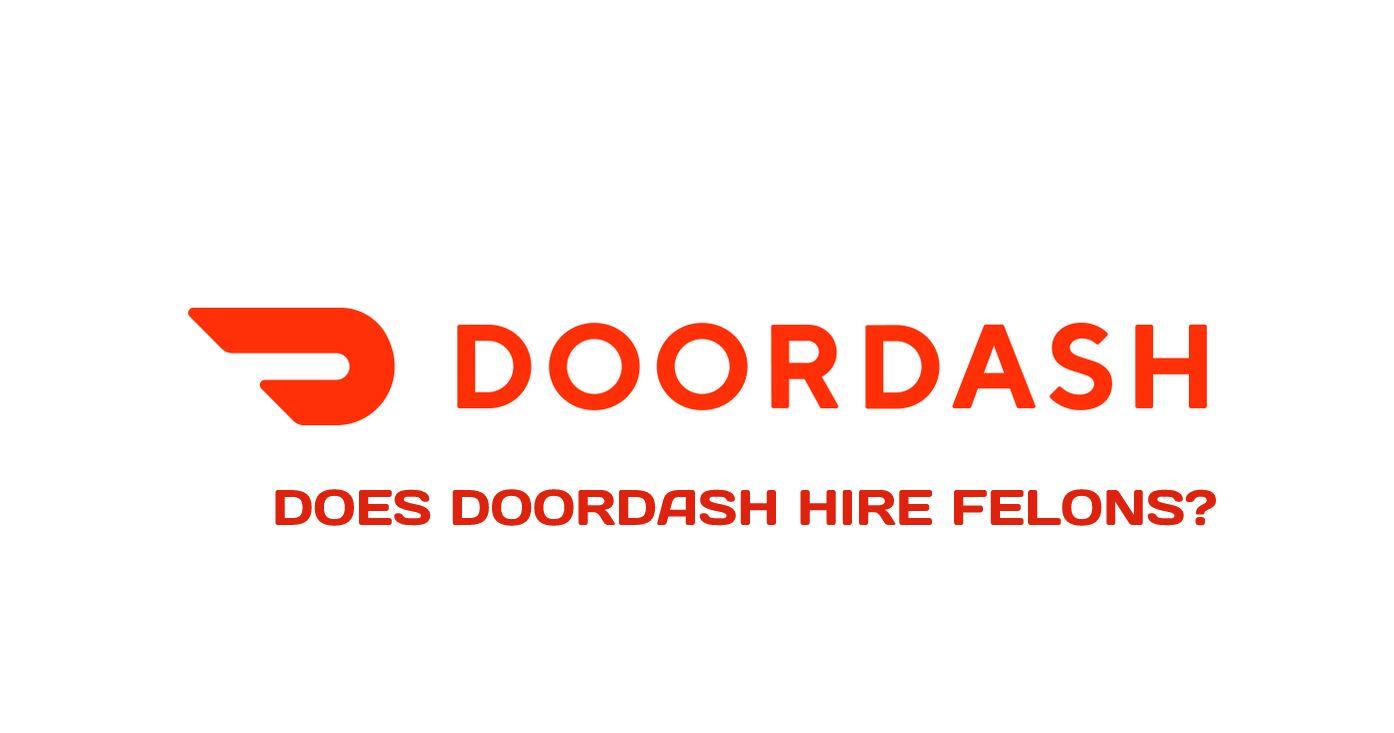A non-disclosure agreement is more common in the United States than most people realize. In fact, well over one-third of American workers are bound by some type of NDA agreement.
Companies all over the US use NDAs to protect new strategies, ideas, or technology. If you have a new business or have never worked with NDAs, it can make your first time especially challenging.
Luckily, all you need to do is learn more about NDAs and how to write them, and you’ll be well on your way. Keep reading this guide to learn everything you need to know!
Overview of Non-Disclosure Agreements
Non-disclosure agreements (NDAs) are business contracts prohibiting specific parties from sharing confidential information. It sets clear limitations on sharing this information with anyone outside your organization.
NDAs are legal agreements that business owners, commercial attorneys, and contract lawyers typically write up.
NDAs are common in businesses with many customers, investors, vendors, and employees who access valuable proprietary information.
The main benefit of non-disclosure agreements is they allow you to share sensitive information without worrying it will be stolen or sold. Any party breaking a non-disclosure agreement is subject to legal action.
Types of Non-Disclosure Agreements
There are different types of non-disclosure agreements to be aware of. When managing a business, you must be familiar with these different types of agreements:
Mutual Non-Disclosure Agreement
Mutual non-disclosure agreements consist of two or more parties. Usually, it involves businesses that are disclosing information to other companies. These businesses want to protect their information, so they come to a mutual agreement.
With mutual non-disclosure agreements, both parties typically have private information they share.
One-Sided Non-Disclosure Agreement
A one-sided non-disclosure agreement involves two parties. One party shares confidential information with another party. The NDA restricts the other party from sharing this information with anybody else.
One-sided agreements are best when one party shares confidential information and doesn’t get any information in return.
Employee Non-Disclosure Agreement
Most employees have access to sensitive company information during their employment. Many employers have employees sign this type of agreement to protect their data.
Employers risk sharing private information with a competitor when they don’t do this.
Once an employee signs this agreement, they’re bound by the term. Employees who break this agreement are subject to termination and even legal action.
Multilateral Non-Disclosure Agreement
This agreement involves multiple parties who agree to share confidential information.
All parties in this agreement must protect this information from any external parties.
How to Write a Non-Disclosure Agreement
To write a non-disclosure agreement, you’ll need to follow a step-by-step process to ensure you don’t miss anything.
First, most NDAs follow a standard format. You can find NDA templates online if you’re writing an agreement independently. You should consider getting assistance from a contract lawyer since they offer expert legal services in this area.
Either way, knowing how to write an NDA will allow you to double-check that everything you need is in the contract.
Introduction and Confidential Information
The first step is ensuring you have a clear introduction that gives specific information. You’ll first need the legal names of all parties in the agreement. You’ll also need to define the confidential information you’re sharing, which includes:
- Formulas
- Recipes
- Designs and drawings
- Financial information
- Special tools or instruments
- Software
- Prototypes
- Technical information
- Vendor list
- Customer lists
- Marketing strategies
- Medical information
Be sure to include a detailed description and the purpose of sharing it with another party. You may want to use a specific title for the agreement. For example, if you share product information, use the product name in the title.
You should specifically indicate how the other party should handle this information. This may include other competitors they can work with or returning all trade secret documents.
NDA Duration
You’ll also need to include the duration of this agreement. Some NDAs are only active for a few months, while others last for many years. With employee NDAs, they’ll last for the term of employment but often extend beyond that.
Many businesses choose an in-perpetuity duration. This means the NDA will remain active for an indefinite period. This type of agreement can only end if you end it or the information becomes a part of the public domain.
Dispute Resolution
Even though NDAs should guarantee your information stays private, things can happen. Due to this, you need to lay the groundwork for what happens if the other party breaches the NDA.
This might include:
- A specific fine
- Money for damages
- Loss of employment
- A court order or injunction
- Dispute resolution
This is the part of the agreement where you’ll need legal assistance. This is because courts often won’t enforce damages, or you won’t get much money for a breach. A lawyer can help you set alternate resolutions like casual meetings or mediation to resolve disputes.
These meetings are a better option since court cases are public information. Because of this, court cases put your private information at even greater risk.
Finalize the NDA
Company contracts like NDAs must be finalized to become legally binding agreements.
First, it should include an integration clause. This clause verifies that once both parties sign the NDA, it becomes a final agreement. Once the agreement is final, you can’t make further changes.
You also need to make sure that state laws apply to your agreement. This ensures the law covers you if a lawsuit develops.
Finally, each NDA should have a signature block for every person signing the NDA. You’ll need to include a line for the signature and a line for each party to print their name.
You must sign the NDA in front of a notary. A notary public is a government official who witnesses the signing of critical documents.
Get Professional Help With Your Non-Disclosure Agreement
Knowing more about a non-disclosure agreement will help ensure you have the best agreement for your business.
Remember, don’t go through this process alone. While you can write an NDA on your own, hiring a lawyer is often best. This way, you won’t miss any critical information, and you’ll have a solid agreement in place.
To learn more helpful business tips, make sure to read the rest of our blog articles today!











